
2023 05 11 15.21.24
Turboprops, since the advent of the regional jet, have been thought of as “old technology” in the US, which drives the global market for regional aircraft. An aircraft that does not succeed in the US market will not be a particularly successful nor profitable program. But how does one convince a market that hasn’t been fond of turboprops to change its mind?
That likely requires new technology with a green message to differentiate newer models from older technology. An aircraft may look the same, with propellers, but send a different message through substantially better economic and environmental performance.
The market below 50 seats is below the current US regional jet threshold, which sits directly at the scope clause 76 seat limit. The only regional jet still in production is the Embraer E175 as the E175E2, too heavy by scope clause, is on hold until at least 2027 at the earliest. Many analysts view it as unlikely to ever enter commercial service.
So, today airlines can purchase the less efficient 2004 regional jet design, but not the 2018 variety. Bombardier and Mitsubishi left making regional jets. Embraer, apart from Chinese and Russian competitors, has the market to itself. That leaves turboprops and emerging technology aircraft in the under 76 seats category.
Let’s take a look at what is currently, and what soon will be available.
• De Havilland Canada is current not producing the Dash-8 after the sale of the Downsview factory and airport near Toronto. Most industry analysts feel the outlook for DeHavilland is now too weak to justify a production line restart without an infusion of new technology. That takes substantial investment, which De Havilland and its parent Viking Aerospace are not in a position to make. Scratch the venerable Dash-8.
• ATR offers the ATR42-600 and ATR-72-600 that are derivatives of a 38 year-old design. While it has been through a several upgrades, it remains a dated design with modern engines. But today’s passengers want the latest in noise cancellation and vibration free cabins, which is a challenge for turboprops. There are solutions like active noise cancellation as used on the Dash 8. But this comes at a cost.
• Embraer shelved, for the time being, its new ambitions in the turboprop market. We cannot speculate about what may be in store for Paris or when Embraer may re-enter the turboprop fray with its new concept. Embraer is very confident in the program and has over 250 Letters of Intent. But the program is on ice because of technologies that need to mature – most likely engines.
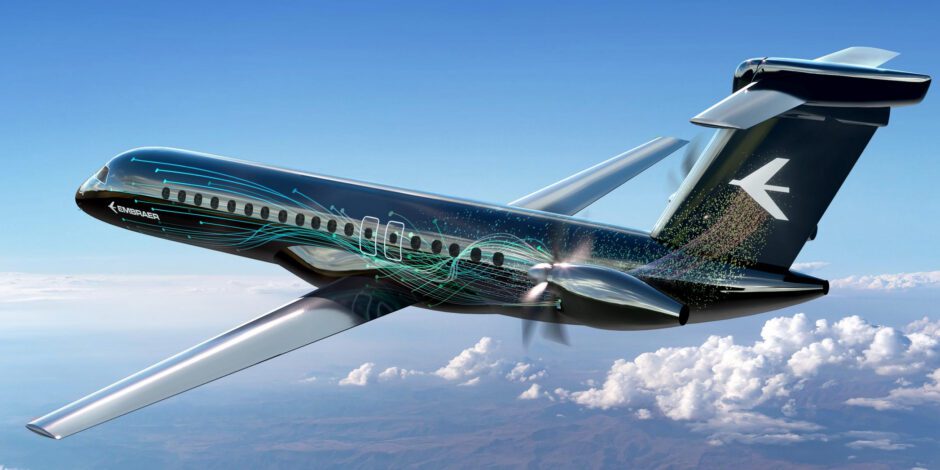
• Deutsche Aircraft is readying an ecologically friendly turboprop based on the Dornier 328 (D328-100) to enter service in 2026. While this too is a derivative of a program from 1990s, the major systems, including engines, landing gear and avionics, are new along with a much-needed fuselage stretch to 40 seats to improve seat-mile economics. This will become an interesting competitor within a niche that is filled with 25–40-year-old aircraft waiting for replacement. As we noted in Part 1, this replacement gap is large. Only ATR and Deutsche currently offer an option for consideration.
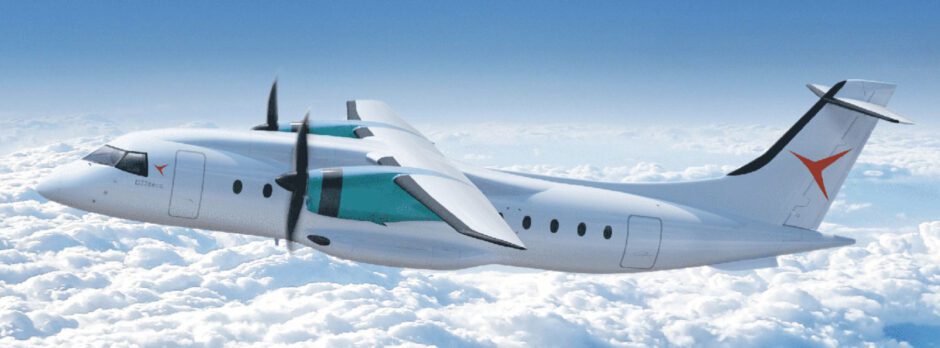
Other programs are primarily new entrants, and we’ve seen several try to enter the market . It is difficult to break into the regional aircraft market without a prior reputation for success and the credibility of aircraft flying with strong reliability. Regional airlines, especially in the US, operate on razor thin margins and are risk averse. Yet breakthroughs do occur.
One new entrant showing promise is Sweden’s Heart Aerospace, which plans 30-seater known as the ES30 as a hybrid-electric regional aircraft. This aircraft will be powered by batteries, plus an APU-like turbogenerator system providing additional electricity to the motors from conventional power sources using SAF. The aircraft is scheduled for entry into service in 2028. The team behind this program is heavily laced with ex-Bombardier and Embraer talent.
The interesting characteristic of Heart’s aircraft is that it is expected to get better and cheaper over time, rather than the opposite as happens with conventionally powered aircraft. Heart believes that battery technology will double in capacity over the next 15-20 years and provide batteries that are not only lower in cost but also provide better performance. With substantial R&D being poured into the battery market for the automobile industry, that R&D will make aircraft battery technology better as well. New chemistries promise better efficiency, which will translate to better speed and range for the aircraft for the same weight.
But those improvements are a decade or two into the future, and still will not provide the speed, range, altitude, and short-field characteristics of competing aircraft, particularly the D328eco. The D328eco is much faster in cruise, 600 km/h versus 275km/h for Heart. The aircraft cruises at 30,000 ft. rather than 20,000 feet for the ES30, providing a better ride above the weather. The D328eco can carry 10 additional passengers and operate from airfields as short as 800M, as well as unpaved runways In the near term, the D328eco can easily blend with airline operations while the ES30 will be limited to shorter-range missions.
Using 100% SAF/PtL, the D328eco and ES30, which will need to rely on a turbogenerator for range for many routes, will each have a very low carbon footprint.
It should be noted that Deutsche Aircraft’s D328eco is initially launching with Pratt & Whitney’s state-of-art PW127XT-S. Deutsche believes that over the next 20 years, SAF/PtL is the most effective solution for the industry. The company is monitoring development of hydrogen and batteries, and plans to transition to new technology once those technologies and associated infrastructure mature. In that respect, the D328eco has some future proofing built in. Given the risk averse nature of operators in this segment, this approach should find a warm reception.
It is also likely, given the probability of little or no infrastructure access to SAF or PtL aviation fuels in remote regions in Northern Canada, Africa, Russia and other areas, the D328eco can also operate on JetA as necessary, providing operational flexibility. The lack of infrastructure, even for battery recharging, will lead to some operational areas that cannot yet support electric flight.
Batteries for aircraft need to be extensively tested and certified, which may result in aviation batteries falling slightly behind automotive counterparts in efficiency, but a mechanism to replace used batteries with newly certified higher performing batteries would make the Heart aircraft more cost-effective as each set of batteries is periodically replaced.
Today, the Heart aircraft has marginal performance and cannot operate key routes without conventional hybrid backup. Recognizing these limits, Heart went from a 19-seater (ES19) to a 30-seater (ES30) to meet market demands. Nonetheless, if battery technology doubles, which it is predicted to do by 2025 and to nearly quadruple by 2030, that aircraft will look more attractive as time passes.
There are several other start-ups (TECNAM, EVIATION, etc.) trying to fund and build similarly sized electric regional airliners, but Heart has a strong first mover advantage both in terms of funding and airline interest with firm orders.
The Bottom Line
Just like the larger commercial side, where neither Boeing nor Airbus want to invest in the last of the conventional narrow-bodies, the regional aircraft market is stuck with older products and an intriguing contest between existing and new technology in its immediate future. The old product includes the E175 and ATR 42-72 models that have been around for a long time. The new models include the Deutsche Aircraft D328eco, ready in 2026, facing off against the Heart ES30, with projected entry into service in 2028.
This will be the battle to watch to see if existing technology can fend off the electric revolution long enough to gain a market foothold and take advantage of superior capabilities in the near term. While governments and regulators may be pushing electric aircraft, current batteries are too heavy for non-hybrid application outside of light aircraft.
If the predictions on battery efficiency and charging improvements come to fruition, the battle will draw much closer over the next two decades. The speed of technology development may be a key factor in determining which technology dominates the market for the next 30 years. One thing we do know, is that eco considerations will be key in the regional market as we look forward, and that the under 50 seat market will re-emerge to provide service to cities that have either lost or had services reduced in recent years. The market for travel exists — the question is how to deliver that service environmentally and cost-effectively. Whether conventional or electric, regional airlines will soon have a choice.
Views: 69

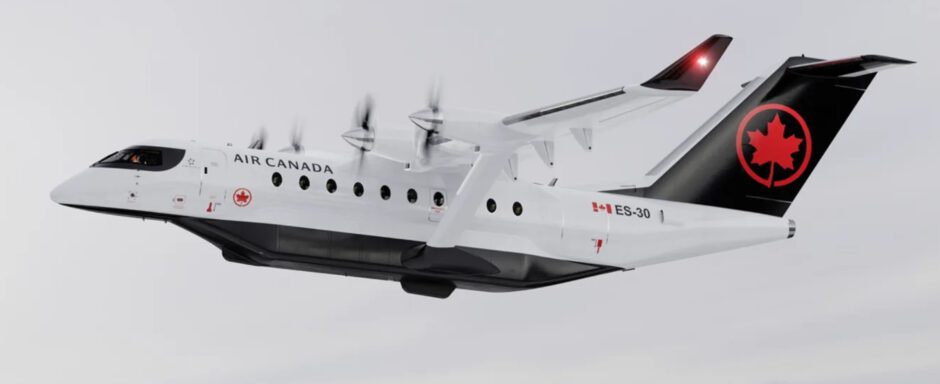

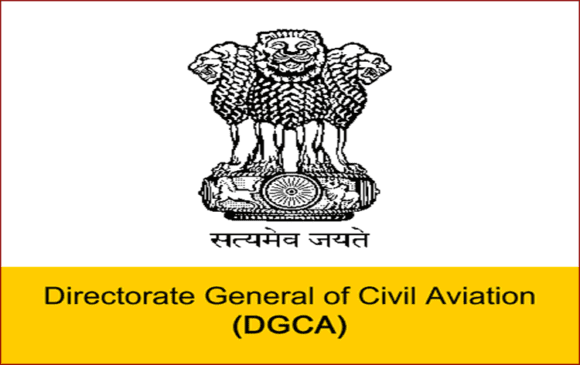


Whether we like it or not, the Gorilla in the market, quietly finetuning its next steps seems ATR.
https://www.atr-aircraft.com/presspost/atr-paves-way-for-next-generation-of-its-best-selling-aircraft/
ATM ATR seem the only one actually delivering new 50 seaters.
Fair point – but don’t they focus on the more significant segment? Over 60 seats?